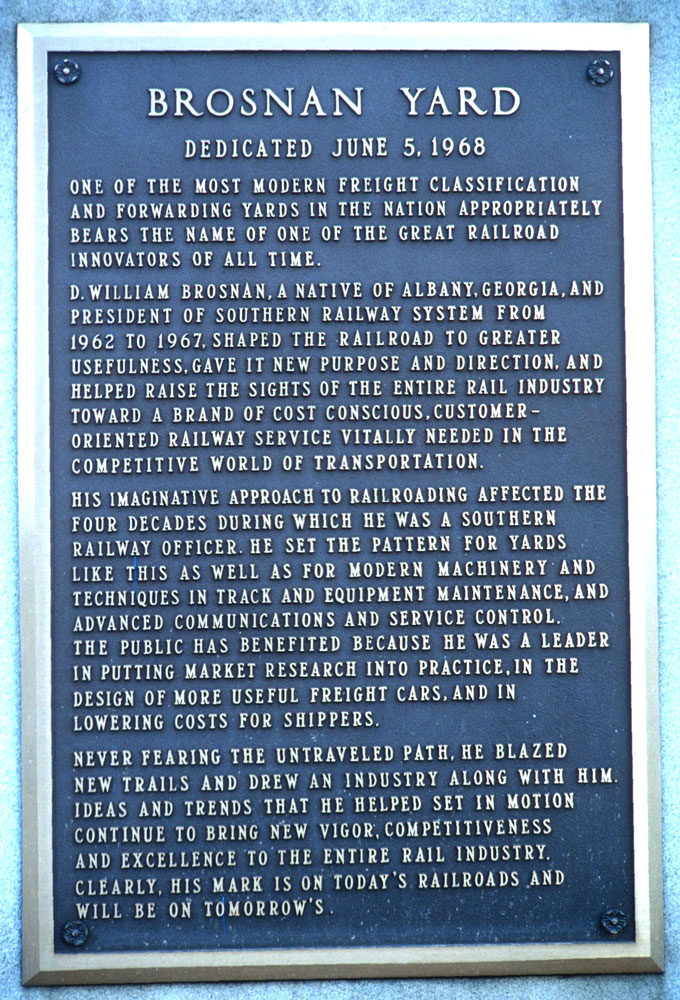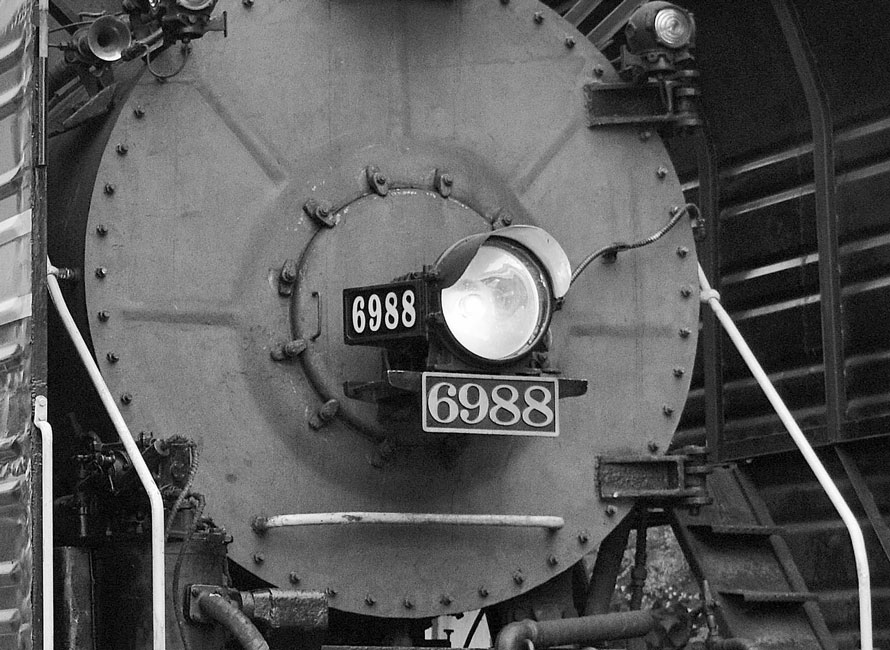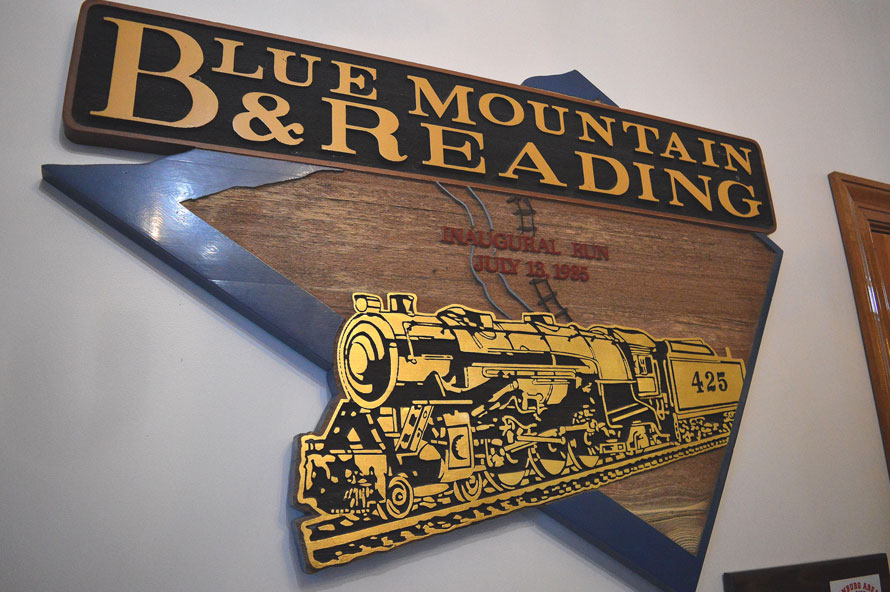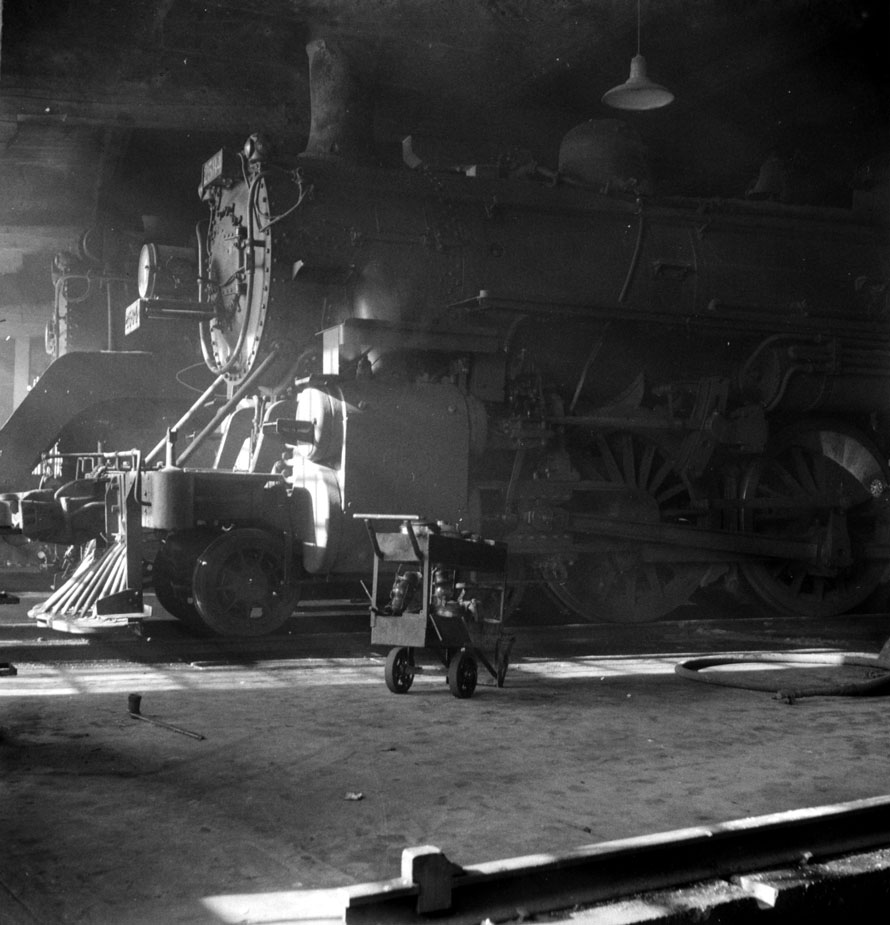The Bellevue, Ohio Roundhouse
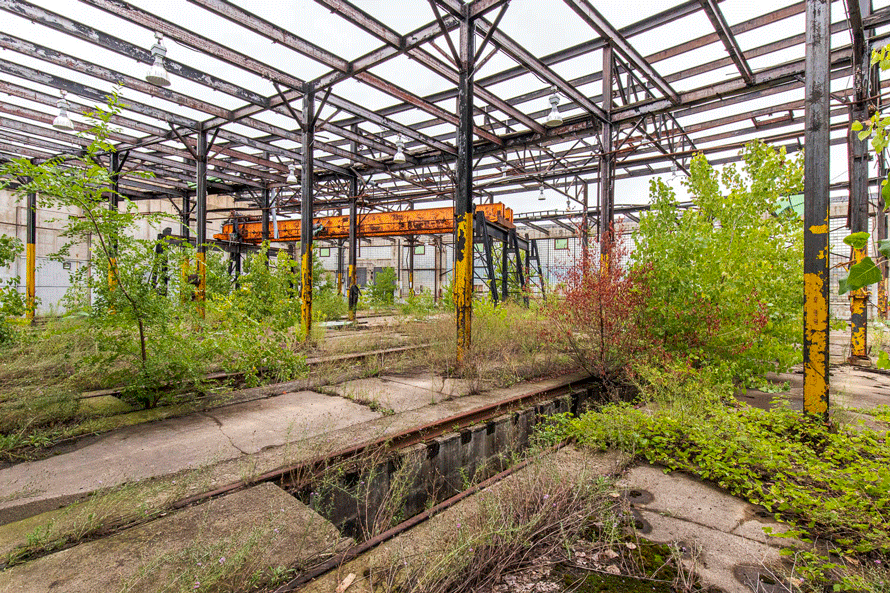
The railroad roundhouse is a purely utilitarian, yet graceful design, that clearly demonstrates the design and engineering maxim that form follows function. Comprised of two uniquely engineered components; the turntable and the shed, the roundhouse is designed to house the maximum number of locomotives in a confined physical space. At its core is the turntable, which allows it to align a locomotive to any track that radiates from the circle. The accompanying shed is situated around the turntable pit on a concentric ring, ranging in size from a portion of a geometric arch to a full circle. While the roundhouse is designed for maximum efficiency, it is natural to humanize it and think of the roundhouse as a stable for iron horses, or a bustlingservice station in which railroaders are busy fussing over locomotives to keep them in top running condition. But to me, the railroad with its network of track and supporting infrastructure is one giant sprawling and complex machine, with the roundhouse serving as just one cog of it.
Read more